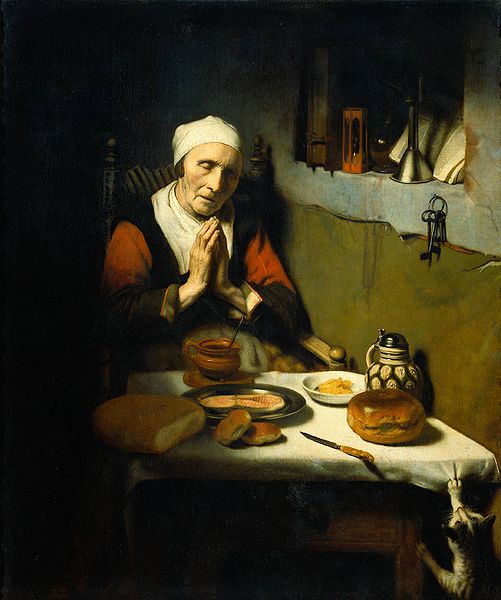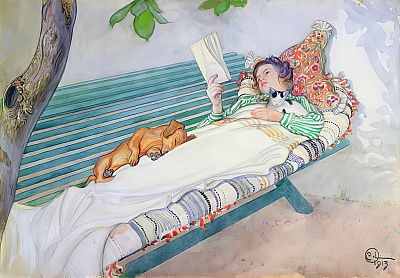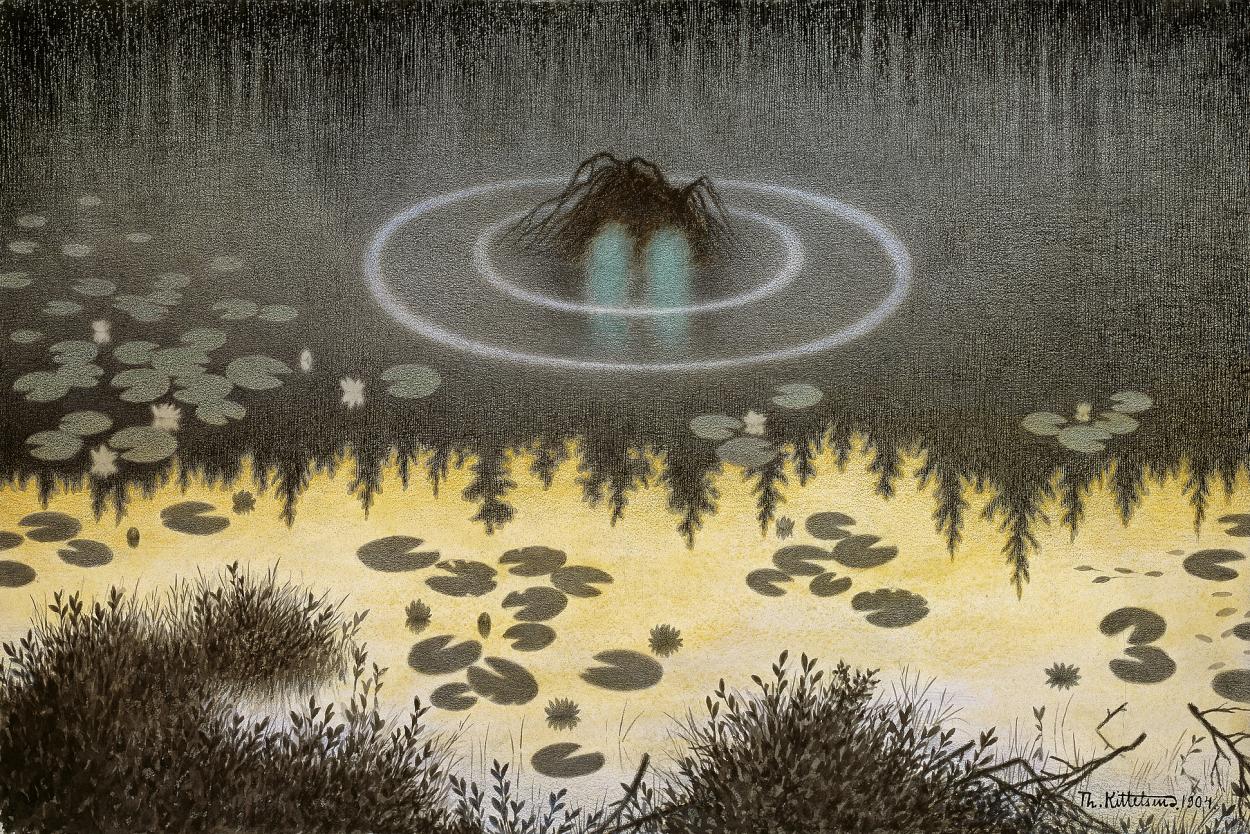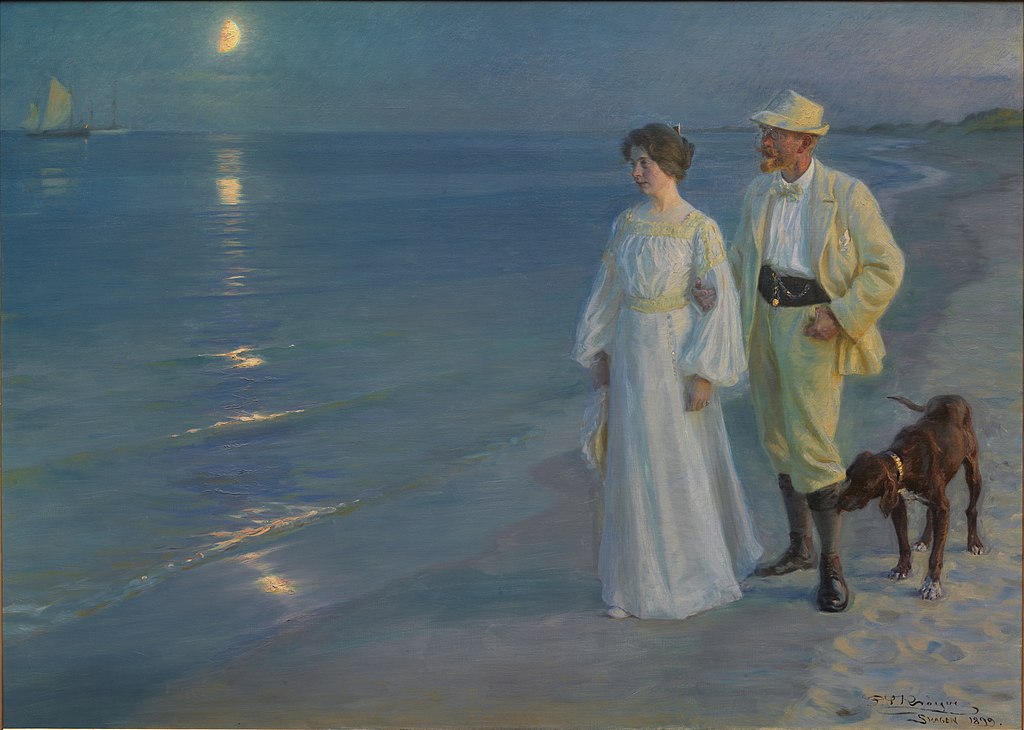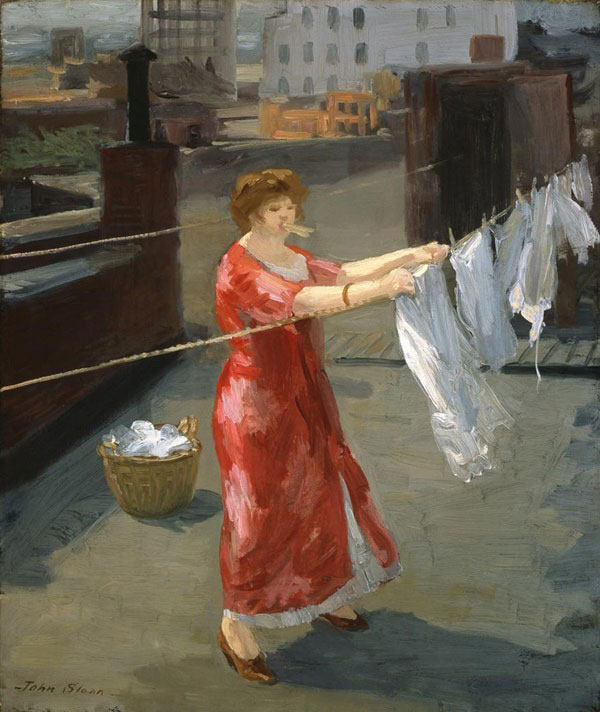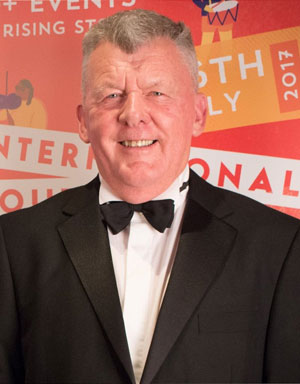01. The urge to buy and the art of advertising
 The relationship of Art to Advertising has an early start. Sir John Everett Millais’s painting of ‘Bubbles’(1885) was sold for £2,200 to help sell bars of soap. In this lecture we will trace how the advertising industry became so successful and in particular why advertising in the UK is often thought of as Art. From posters to the fifteen second television adverts, we explore some of the most successful adverts and unpack the psychological and cultural context behind them. Award winning adverts by Guinness, Silk Cut and Nestle will be subject to a detailed analysis.
The relationship of Art to Advertising has an early start. Sir John Everett Millais’s painting of ‘Bubbles’(1885) was sold for £2,200 to help sell bars of soap. In this lecture we will trace how the advertising industry became so successful and in particular why advertising in the UK is often thought of as Art. From posters to the fifteen second television adverts, we explore some of the most successful adverts and unpack the psychological and cultural context behind them. Award winning adverts by Guinness, Silk Cut and Nestle will be subject to a detailed analysis.
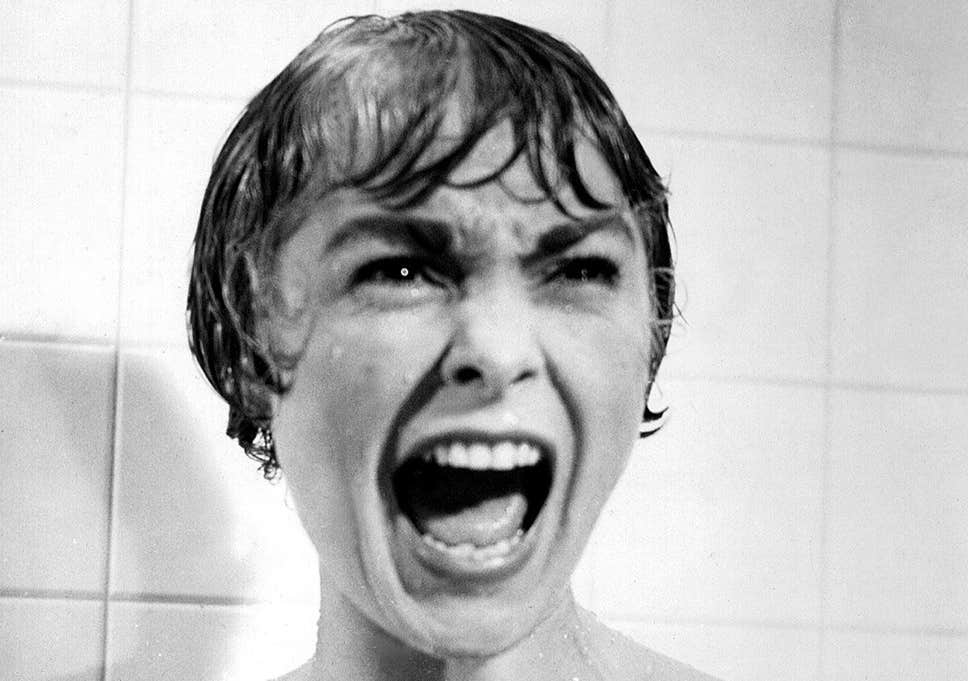 After moving to Hollywood, Hitch created several masterpieces of cinema including ‘Vertigo’ (1958) and ‘Psycho’ (1960). 'Verigo' has been recently voted by critics as the best ever film overtaking 'Citizen Kane'. Together we will explore Hitchcock's dark film about sexual obsession. Taking a shower still fills many people with dread and forboding thanks to the Hitchcock modern Horror classic of 1960. A full analysis of Hitchcock's masterful technique and influences will be the central focus of this Lecture. The French New Wave critics of Cahiers du Cinema argued that Hitchcock’s films should be regarded as artistic masterworks. Alfred Hitchcock remains by far the most studied and revered film director of all time.
After moving to Hollywood, Hitch created several masterpieces of cinema including ‘Vertigo’ (1958) and ‘Psycho’ (1960). 'Verigo' has been recently voted by critics as the best ever film overtaking 'Citizen Kane'. Together we will explore Hitchcock's dark film about sexual obsession. Taking a shower still fills many people with dread and forboding thanks to the Hitchcock modern Horror classic of 1960. A full analysis of Hitchcock's masterful technique and influences will be the central focus of this Lecture. The French New Wave critics of Cahiers du Cinema argued that Hitchcock’s films should be regarded as artistic masterworks. Alfred Hitchcock remains by far the most studied and revered film director of all time. British film director Alfred Hitchcock is often referred to as the ‘master of darkness’. He made over fifty feature films where we often see innocent people were caught up in circumstances beyond their control. His catholic upbringing and uneasy relationship with femininity will be discussed in his early work of the Silent era. London based dramas, ‘Blackmail’ (1929) and ‘Dial M for Murder’ (1954) will be closely analysed. 'Dial M for Murder' shows Hitchcock at his obsessive best with his blonde idee fixe, Grace Kelly, under Hitchcock's powerful male gaze.
British film director Alfred Hitchcock is often referred to as the ‘master of darkness’. He made over fifty feature films where we often see innocent people were caught up in circumstances beyond their control. His catholic upbringing and uneasy relationship with femininity will be discussed in his early work of the Silent era. London based dramas, ‘Blackmail’ (1929) and ‘Dial M for Murder’ (1954) will be closely analysed. 'Dial M for Murder' shows Hitchcock at his obsessive best with his blonde idee fixe, Grace Kelly, under Hitchcock's powerful male gaze. Words by WH Auden and music by Benjamin Britten loudly announced the beginning of ‘poetic realism’ and the Documentary film movement. The General Post Office Film Unit (1933) established an exciting collaboration of artists, photographers, composers, anthropologists, poets and animators. Together we will explore,‘Nightmail’ (1936) and Len Lye’s hugely inventive camera less, ‘a Colour Box’ (1935). The social realism advocacy of Director John Grierson’s has left a powerful legacy which can be easily identified in the recent films of Ken Loach and Danny Boyle.
Words by WH Auden and music by Benjamin Britten loudly announced the beginning of ‘poetic realism’ and the Documentary film movement. The General Post Office Film Unit (1933) established an exciting collaboration of artists, photographers, composers, anthropologists, poets and animators. Together we will explore,‘Nightmail’ (1936) and Len Lye’s hugely inventive camera less, ‘a Colour Box’ (1935). The social realism advocacy of Director John Grierson’s has left a powerful legacy which can be easily identified in the recent films of Ken Loach and Danny Boyle.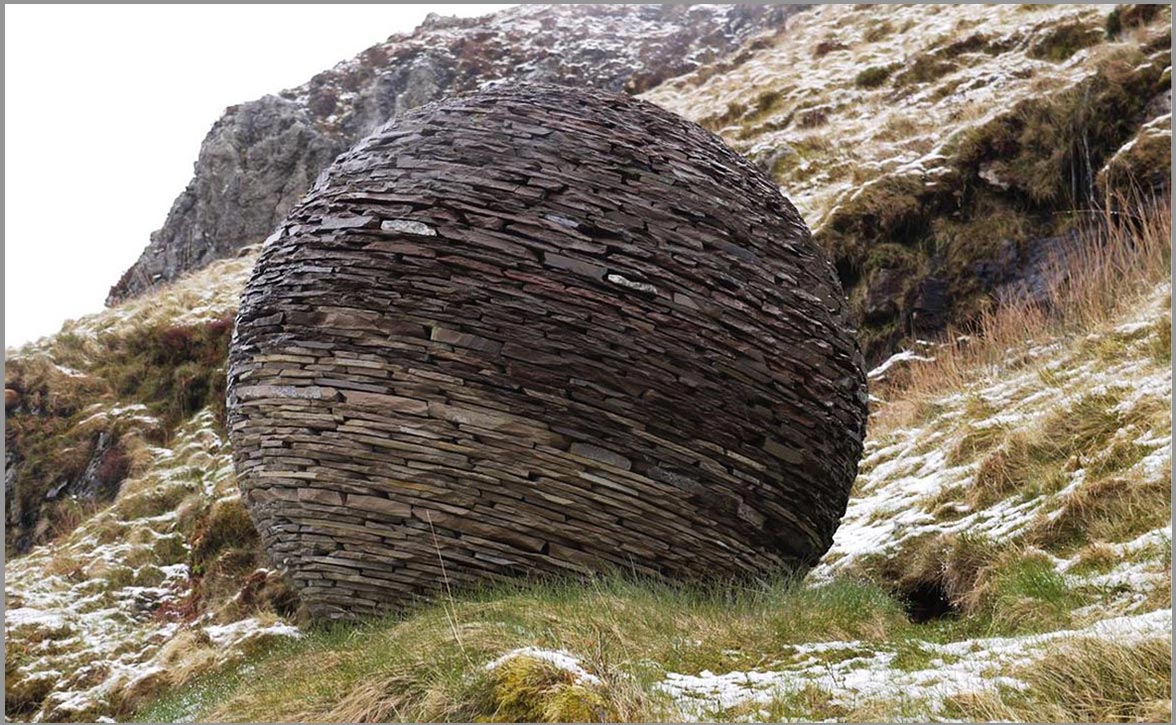 This wide ranging survey starts in 1749 with Mr and Mrs Andrews. Portrait artists like Gainsborough were beginning to gaze out towards the countryside. Turner and Constable could be said to portray our national identity through images of peace and plenty while sometimes ignoring unrest and poverty. Later, Stanley Spencer and Paul Nash used landscape as a search for inner knowledge, fantasy and religious values. The photography of Bill Brandt and Bert Hardy documented modern urban landscape. Andy Goldsworthy and Richard Long chose to move from the studio and use the physical material of the landscape itself
This wide ranging survey starts in 1749 with Mr and Mrs Andrews. Portrait artists like Gainsborough were beginning to gaze out towards the countryside. Turner and Constable could be said to portray our national identity through images of peace and plenty while sometimes ignoring unrest and poverty. Later, Stanley Spencer and Paul Nash used landscape as a search for inner knowledge, fantasy and religious values. The photography of Bill Brandt and Bert Hardy documented modern urban landscape. Andy Goldsworthy and Richard Long chose to move from the studio and use the physical material of the landscape itself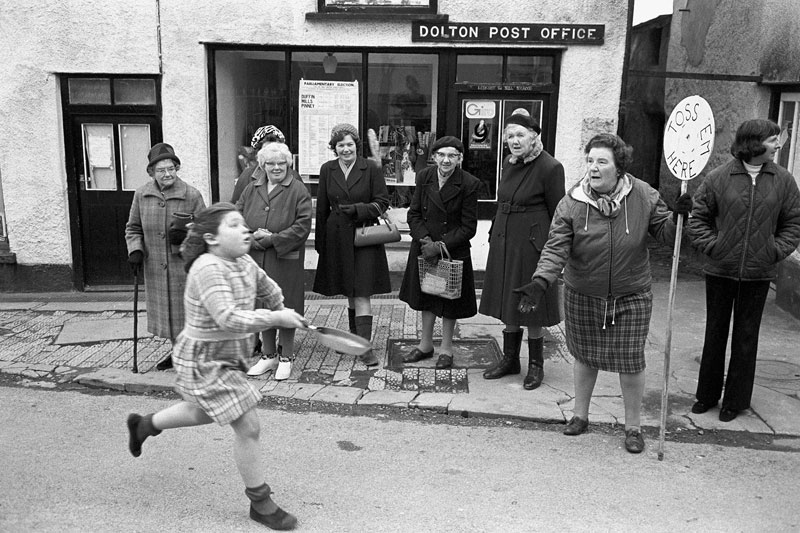
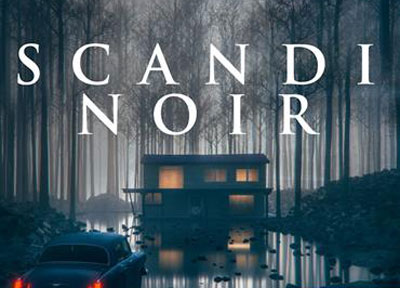 A place of haunting beauty, a utopian society with beautiful people who live an idyllic prosperous life, but yet the perfect place for a murder? Scandi/Nordic Noir crime dramas have become a global phenomenon. This talk traces the history and influences of this dark, cold, gloomy and melancholic genre.
A place of haunting beauty, a utopian society with beautiful people who live an idyllic prosperous life, but yet the perfect place for a murder? Scandi/Nordic Noir crime dramas have become a global phenomenon. This talk traces the history and influences of this dark, cold, gloomy and melancholic genre. 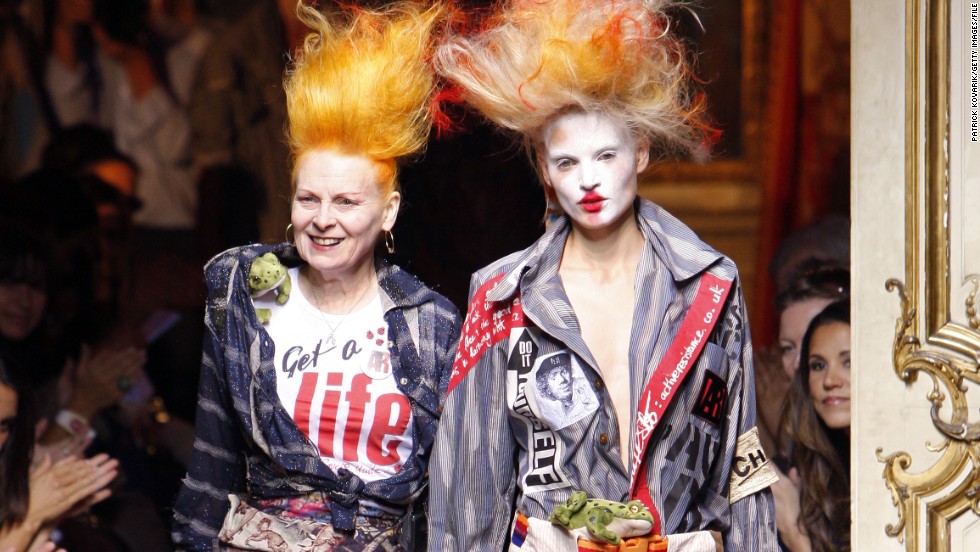 This short lived, rebellious, anarchic and creative movement took hold in the economically depressed late 1970s. In this lecture we will explore the aesthetics of revolt. Vivienne Westwood creatively led a fashion explosion of disaffection, fetishism and radical politics. With strong links to the Surrealist and Dada artists of the Situationist International and the biting social criticism of German Expressionism, punk has a fascinating heritage. It acted as a 'theatre of provocation'. But Punk was much more than an artistic style. It leaves a huge legacy and resonance on our modern contemporary culture. This illustrated lecture reveals the facts behind the mythology.
This short lived, rebellious, anarchic and creative movement took hold in the economically depressed late 1970s. In this lecture we will explore the aesthetics of revolt. Vivienne Westwood creatively led a fashion explosion of disaffection, fetishism and radical politics. With strong links to the Surrealist and Dada artists of the Situationist International and the biting social criticism of German Expressionism, punk has a fascinating heritage. It acted as a 'theatre of provocation'. But Punk was much more than an artistic style. It leaves a huge legacy and resonance on our modern contemporary culture. This illustrated lecture reveals the facts behind the mythology.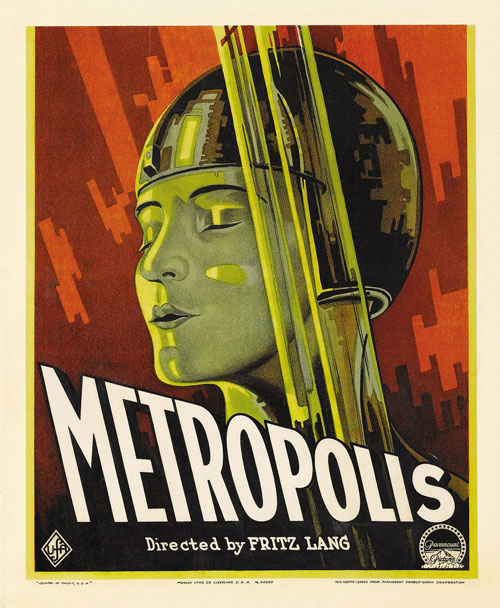 This lecture explores the relationship of art to film in the crucial years in Germany between the wars. Together we will examine the often dystopian vision of the city and society. Fritz Lang’s classic masterpiece ‘Metropolis’ (1926) will be our starting point to understanding expressionism in German cinema. The blueprint of the murder/suspense/thriller genre film ‘M’ (1931) was made by the same director and will be closely examined for its invention and influences. The savagely satirical paintings of Dix, Grosz and Beckmann will support our investigation into this highly important twenty years of European culture.
This lecture explores the relationship of art to film in the crucial years in Germany between the wars. Together we will examine the often dystopian vision of the city and society. Fritz Lang’s classic masterpiece ‘Metropolis’ (1926) will be our starting point to understanding expressionism in German cinema. The blueprint of the murder/suspense/thriller genre film ‘M’ (1931) was made by the same director and will be closely examined for its invention and influences. The savagely satirical paintings of Dix, Grosz and Beckmann will support our investigation into this highly important twenty years of European culture.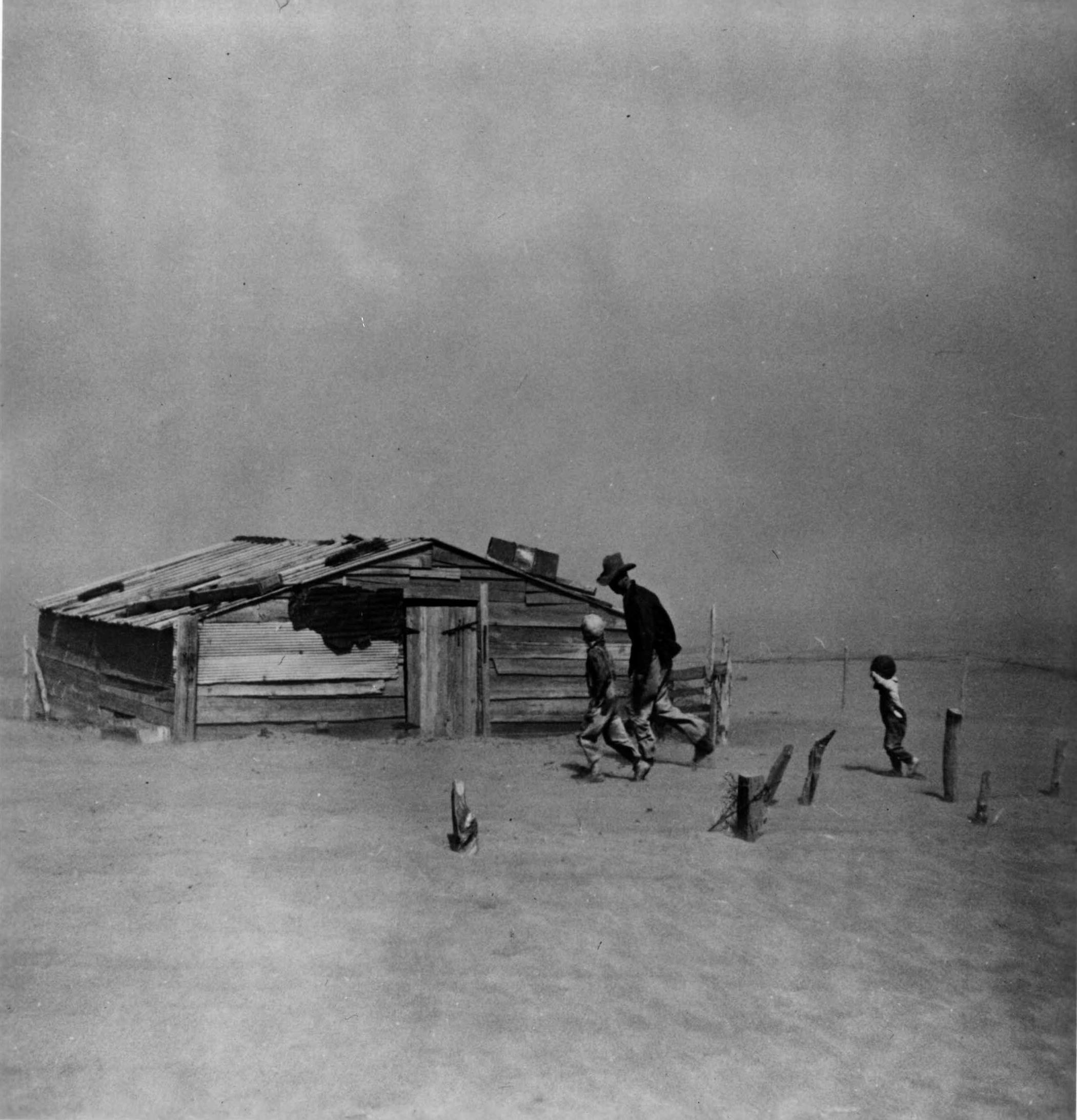 The Wall Street crash in 1929 led to a questioning of the success of the American dream. President Roosevelt stepped in with the WPA (Works Progress Administration) and the New Deal. The government initiative meant employment for over eight million largely unskilled Americans and importantly 5,300 artists. Murals, painting, photography, graphic design all flourished. In this lecture we will explore some of the key artists at this era. The abstract painters Jackson Pollock and Willem de Kooning will be evaluated along with the social realism of Dorothea Lange and Ben Shahn. The soundtrack of the era is provided by Woody Guthrie and Jimmie Rogers.
The Wall Street crash in 1929 led to a questioning of the success of the American dream. President Roosevelt stepped in with the WPA (Works Progress Administration) and the New Deal. The government initiative meant employment for over eight million largely unskilled Americans and importantly 5,300 artists. Murals, painting, photography, graphic design all flourished. In this lecture we will explore some of the key artists at this era. The abstract painters Jackson Pollock and Willem de Kooning will be evaluated along with the social realism of Dorothea Lange and Ben Shahn. The soundtrack of the era is provided by Woody Guthrie and Jimmie Rogers. Daphne Du Maurier and Alfred Hitchcock had much in common. Du Maurier is sometimes described as a romantic novelist but this is completely misleading. Like Hitchcock, she dealt with themes of loneliness, gender, fear, suspense and gothic imagery. In their work they built compelling and complex emotional landscapes for their characters. Although they never met, the pair produced three key cultural landmarks of the 20th century in Jamaica Inn, Rebecca and The Birds. In this lecture we will explore Hitchcock’s, ‘The Birds’ (1963). We will closely unpack some of the essential scenes in the film and look at the masterful techniques both on the page and on the screen.
Daphne Du Maurier and Alfred Hitchcock had much in common. Du Maurier is sometimes described as a romantic novelist but this is completely misleading. Like Hitchcock, she dealt with themes of loneliness, gender, fear, suspense and gothic imagery. In their work they built compelling and complex emotional landscapes for their characters. Although they never met, the pair produced three key cultural landmarks of the 20th century in Jamaica Inn, Rebecca and The Birds. In this lecture we will explore Hitchcock’s, ‘The Birds’ (1963). We will closely unpack some of the essential scenes in the film and look at the masterful techniques both on the page and on the screen.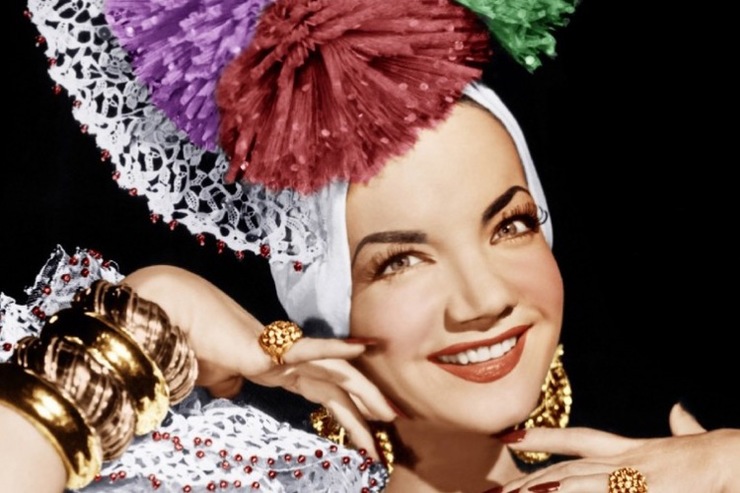 God’s eye camera, scantily dressed women and kaleidoscopic patterns are the trademark visual devices of Hollywood’s legendary musical director. Apart from the glamour, surrealist setups and excess of the ground breaking musicals of the 1930’s, Berkeley’s films also explored romantic love, gender roles, social issues and the impact of the Great Depression. In this lecture we will examine key musicals such as Gold Diggers, 42nd Street, Roman Scandals and the later, The Gang’s All Here. Be prepared for an unalloyed musical visual extravaganza!
God’s eye camera, scantily dressed women and kaleidoscopic patterns are the trademark visual devices of Hollywood’s legendary musical director. Apart from the glamour, surrealist setups and excess of the ground breaking musicals of the 1930’s, Berkeley’s films also explored romantic love, gender roles, social issues and the impact of the Great Depression. In this lecture we will examine key musicals such as Gold Diggers, 42nd Street, Roman Scandals and the later, The Gang’s All Here. Be prepared for an unalloyed musical visual extravaganza!  Both these empowering and successful films have been made into musicals. Dance with its soaring language of the human spirit can be seen against the harsh world of strikes and unemployment in the industrial north. These invigorating stories chart how boys and men can, against the odds, buy a ticket to a new life. In the lecture we will look at selected film clips and the photography of Sirkka-Liisa Konttinen who was the inspiration to the screen writer of Billy Elliot, Lee Hall. The themes of humour, masculinity, identity, family and community will be at the centre of our analysis.
Both these empowering and successful films have been made into musicals. Dance with its soaring language of the human spirit can be seen against the harsh world of strikes and unemployment in the industrial north. These invigorating stories chart how boys and men can, against the odds, buy a ticket to a new life. In the lecture we will look at selected film clips and the photography of Sirkka-Liisa Konttinen who was the inspiration to the screen writer of Billy Elliot, Lee Hall. The themes of humour, masculinity, identity, family and community will be at the centre of our analysis.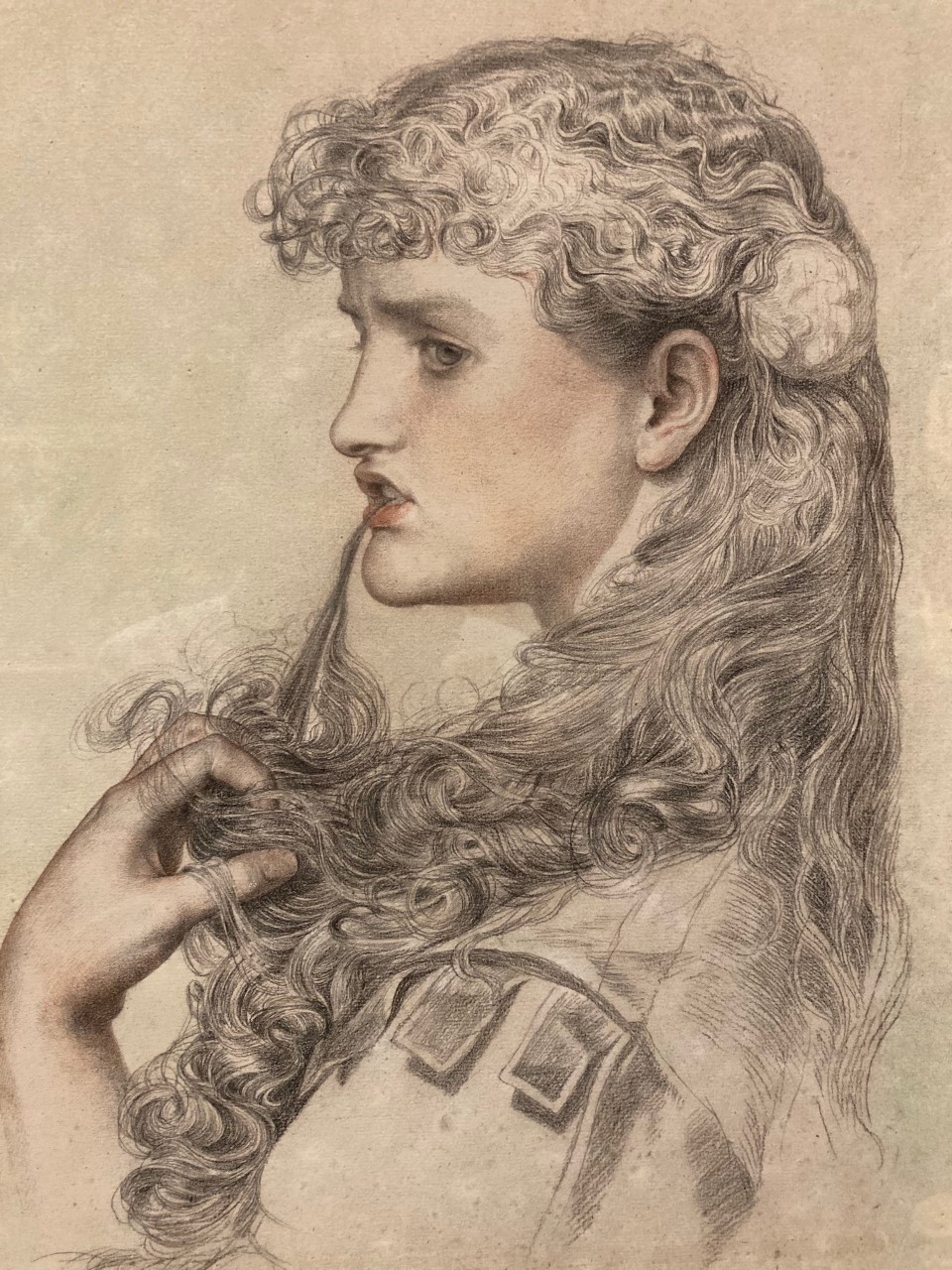
 1962’s ‘Dr No’ was the beginning of the globally successful ‘Bond’ films. The film was condemned by the Vatican for its dangerous mixture of violence, vulgarity, sadism and sex. Worldwide audiences did not agree. This spy thriller franchise has made over $7 Billion at the box office. In this talk we will explore the cultural, social and political factors that helped create this rare British Cinematic action hero. We will also enjoy looking at the cinematic techniques that helped shape a much admired well-dressed murderer. Looking forward, will the next Bond film be female or from the GLBTQ community?
1962’s ‘Dr No’ was the beginning of the globally successful ‘Bond’ films. The film was condemned by the Vatican for its dangerous mixture of violence, vulgarity, sadism and sex. Worldwide audiences did not agree. This spy thriller franchise has made over $7 Billion at the box office. In this talk we will explore the cultural, social and political factors that helped create this rare British Cinematic action hero. We will also enjoy looking at the cinematic techniques that helped shape a much admired well-dressed murderer. Looking forward, will the next Bond film be female or from the GLBTQ community?  Beginning with the iconic 'Hunters in the Snow' by Pieter Bruegel the Elder, we will examine key UK and European works depicting winter. John Ruskin, the writer and painter, was the first person to regard mountains as beautiful and god-like. German and Scandinavian artists saw the horror, terror and raw, cruel starkness of winter as well as its sublime possibilities. The painting of snow challenged such artists as Monet and the American artist, Hassan. In the 20th century, the photography of Stieglitz, Brandt and Devon based James Ravilious captured the movement and temporal nature of winter weather in urban and rural environs. Over the centuries, art has served as a coping mechanism, helping us to come to terms with winter's awe, drama and power.
Beginning with the iconic 'Hunters in the Snow' by Pieter Bruegel the Elder, we will examine key UK and European works depicting winter. John Ruskin, the writer and painter, was the first person to regard mountains as beautiful and god-like. German and Scandinavian artists saw the horror, terror and raw, cruel starkness of winter as well as its sublime possibilities. The painting of snow challenged such artists as Monet and the American artist, Hassan. In the 20th century, the photography of Stieglitz, Brandt and Devon based James Ravilious captured the movement and temporal nature of winter weather in urban and rural environs. Over the centuries, art has served as a coping mechanism, helping us to come to terms with winter's awe, drama and power. Out of the studio and on to the road. Established artists such as Paul Nash, Vanessa Bell and Graham Sutherland were commissioned by the Shell Oil Company to create brand images for the growing market in motoring.''See Britain First' and ‘Everywhere you go… you can be sure of Shell’, went the slogans. In this lecture we will explore a range of beautiful poster adverts which were granted the seal of approval as ‘art’ by Sir Kenneth Clark, then, Curator of the National Gallery, London. How much did these famous images of British people and landscapes represent British art, culture, identity and values in the 1930s?
Out of the studio and on to the road. Established artists such as Paul Nash, Vanessa Bell and Graham Sutherland were commissioned by the Shell Oil Company to create brand images for the growing market in motoring.''See Britain First' and ‘Everywhere you go… you can be sure of Shell’, went the slogans. In this lecture we will explore a range of beautiful poster adverts which were granted the seal of approval as ‘art’ by Sir Kenneth Clark, then, Curator of the National Gallery, London. How much did these famous images of British people and landscapes represent British art, culture, identity and values in the 1930s?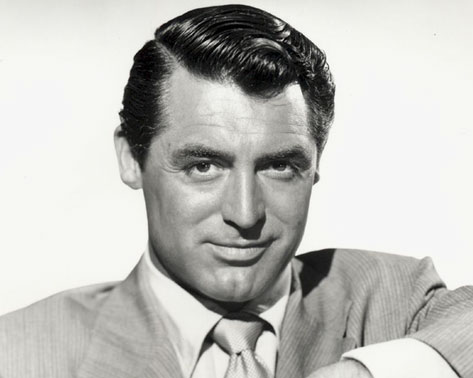 He was Hollywood’s definitive leading man. ‘the best and most important actor in the history of Cinema’. Born in Bristol, Archibald Leach set out to become Cary Grant. But who was the real Cary Grant? In this lecture we will explore his journey to fame and explore why Maestro Director Alfred Hitchcock said that Cary was the only actor that he ever loved. Suspicion (1941), Notorious (1946) and North by Northwest (1959) show us the special relationship between Hitchcock and the multi-talented screen star.
He was Hollywood’s definitive leading man. ‘the best and most important actor in the history of Cinema’. Born in Bristol, Archibald Leach set out to become Cary Grant. But who was the real Cary Grant? In this lecture we will explore his journey to fame and explore why Maestro Director Alfred Hitchcock said that Cary was the only actor that he ever loved. Suspicion (1941), Notorious (1946) and North by Northwest (1959) show us the special relationship between Hitchcock and the multi-talented screen star. Diego Rivera was a giant figure of the Mexican mural movement, while Frida Kahlo was best known for her self-portraits. We will explore some of Diego’s murals and ideas on democratic art in Mexico City and Detroit. In the work of Frida Kahlo, we will discover why she has become an icon of feminism and self-discovery. Recently, she became the most valued painter in Latin America after her self-portrait 'Diego and I' was sold for $34 million at a major auction house in New York.
Diego Rivera was a giant figure of the Mexican mural movement, while Frida Kahlo was best known for her self-portraits. We will explore some of Diego’s murals and ideas on democratic art in Mexico City and Detroit. In the work of Frida Kahlo, we will discover why she has become an icon of feminism and self-discovery. Recently, she became the most valued painter in Latin America after her self-portrait 'Diego and I' was sold for $34 million at a major auction house in New York.
 To many artists Art is rebellion. In the 18th and 19th century Goya was an essential social and political commentator of Spanish society. In our discussion we will explore how artists assume the role of activist and critic in the context of bringing about political change. The Chinese artist, Ai Weiwei has become a symbol of resistance in the government corridors of power as well as the open spaces of an art museum. We will explore the work of contemporary protest artists such as Ai Weiwei, Grayson Perry, Kara Walker, Keith Haring and Judy Chicago. How do these artists seek to change and represent a new social consciousness?
To many artists Art is rebellion. In the 18th and 19th century Goya was an essential social and political commentator of Spanish society. In our discussion we will explore how artists assume the role of activist and critic in the context of bringing about political change. The Chinese artist, Ai Weiwei has become a symbol of resistance in the government corridors of power as well as the open spaces of an art museum. We will explore the work of contemporary protest artists such as Ai Weiwei, Grayson Perry, Kara Walker, Keith Haring and Judy Chicago. How do these artists seek to change and represent a new social consciousness? 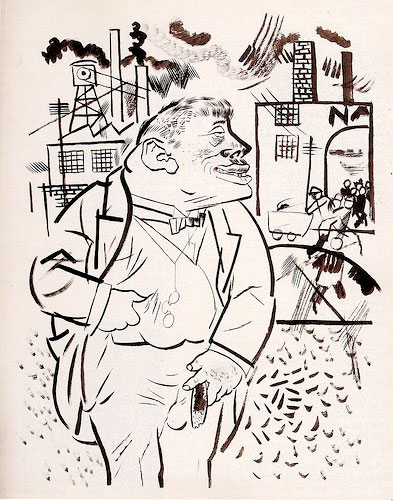 In this lecture we will explore many of the key exponents of this well-known but elusive movement. We will analyse and focus on the paintings of Nolde, Grosz, Kollwitz, Dix and Beckmann and the dystopian ‘art cinema’ of Wiene, Murnau and Lang. We will look for an understanding of this often personal and political search for an inner essential reality behind the external world of appearances. Categorised as ‘degenerate’ during the Third Reich, the movement was later absorbed into the repertoire of modernism and continues to be adapted by today’s artists, writers and film makers.
In this lecture we will explore many of the key exponents of this well-known but elusive movement. We will analyse and focus on the paintings of Nolde, Grosz, Kollwitz, Dix and Beckmann and the dystopian ‘art cinema’ of Wiene, Murnau and Lang. We will look for an understanding of this often personal and political search for an inner essential reality behind the external world of appearances. Categorised as ‘degenerate’ during the Third Reich, the movement was later absorbed into the repertoire of modernism and continues to be adapted by today’s artists, writers and film makers.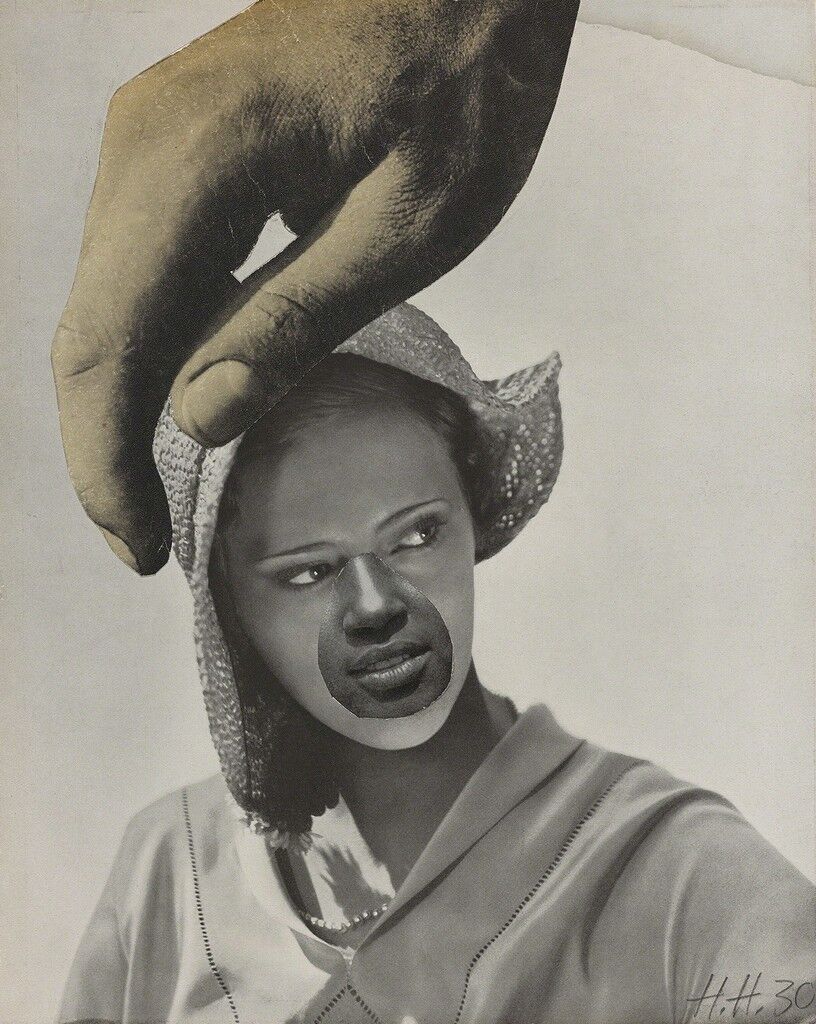 We will explore artists who have used collage for social and political protest i.e. Wiemar Republic, Germany 1920's and Punk US/UK in 1980's. Although the technique goes back to early years BC in China, collage is thought to be a modernist technique first used by Picasso and Braque. The glueing and pasting gave a new visual perspective. Collage techniques have also been employed in music, sculpture and film. We will examine specifically how montage was a new way of making meaning in cinema. In Revolutionary Russia, montage was a groundbreaking cinematic theory and technique. Famously, Hitchcock's Psycho shower scene is very much influenced by the Russian Montage editing technique.
We will explore artists who have used collage for social and political protest i.e. Wiemar Republic, Germany 1920's and Punk US/UK in 1980's. Although the technique goes back to early years BC in China, collage is thought to be a modernist technique first used by Picasso and Braque. The glueing and pasting gave a new visual perspective. Collage techniques have also been employed in music, sculpture and film. We will examine specifically how montage was a new way of making meaning in cinema. In Revolutionary Russia, montage was a groundbreaking cinematic theory and technique. Famously, Hitchcock's Psycho shower scene is very much influenced by the Russian Montage editing technique.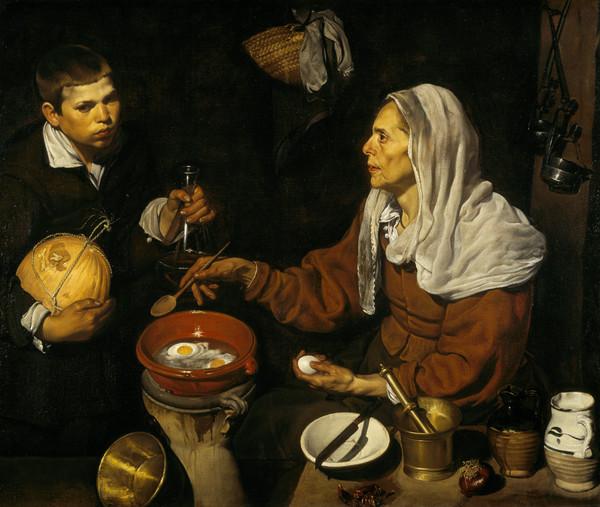 Explore the remarkable history of food in art, from the ancient world to the contemporary, across a range of themes. Together we will consider how food has inspired artists over the ages and has been employed in still life, allegory, surrealism, pop art, feminism and much more. The fascinating depiction of food in art has served both as a representation of daily life as well as a metaphor for the social and economic. Recipe books by well known artists such as Georgia O’Keefe and Claude Monet are a testament to the enduring relationship of art with food.
Explore the remarkable history of food in art, from the ancient world to the contemporary, across a range of themes. Together we will consider how food has inspired artists over the ages and has been employed in still life, allegory, surrealism, pop art, feminism and much more. The fascinating depiction of food in art has served both as a representation of daily life as well as a metaphor for the social and economic. Recipe books by well known artists such as Georgia O’Keefe and Claude Monet are a testament to the enduring relationship of art with food.